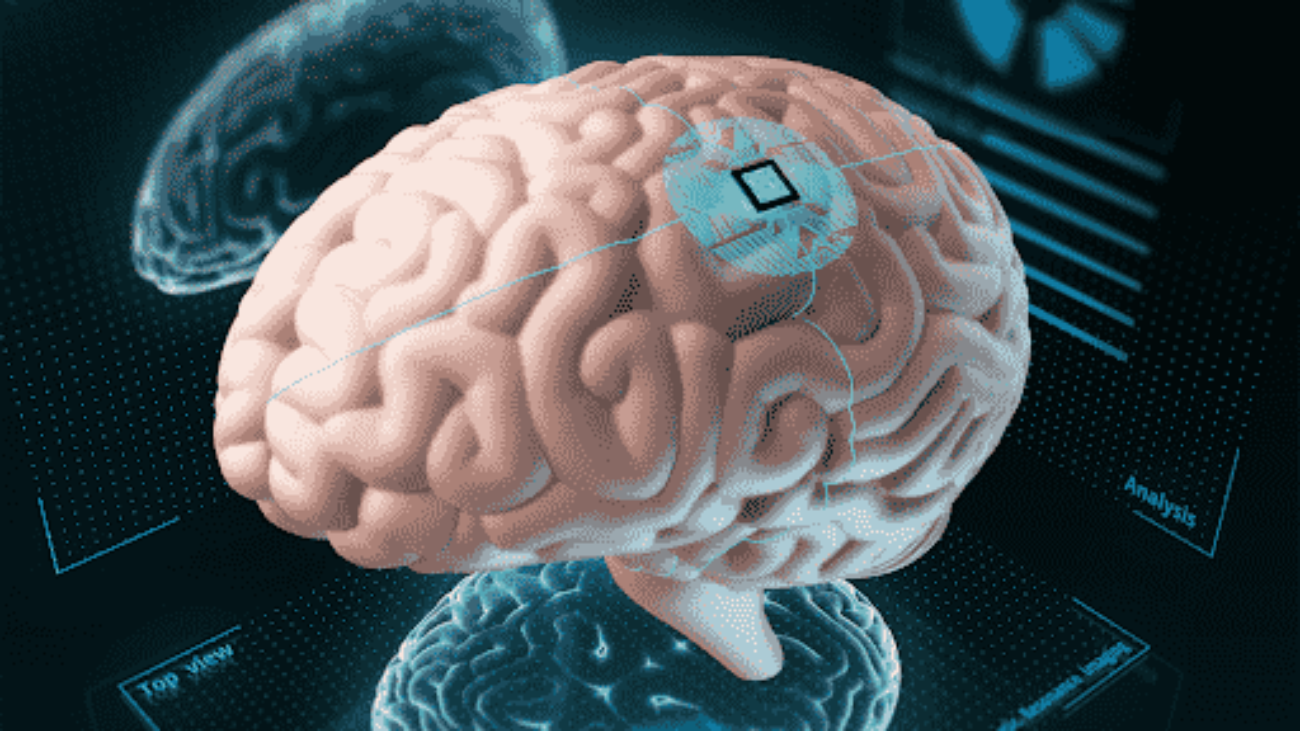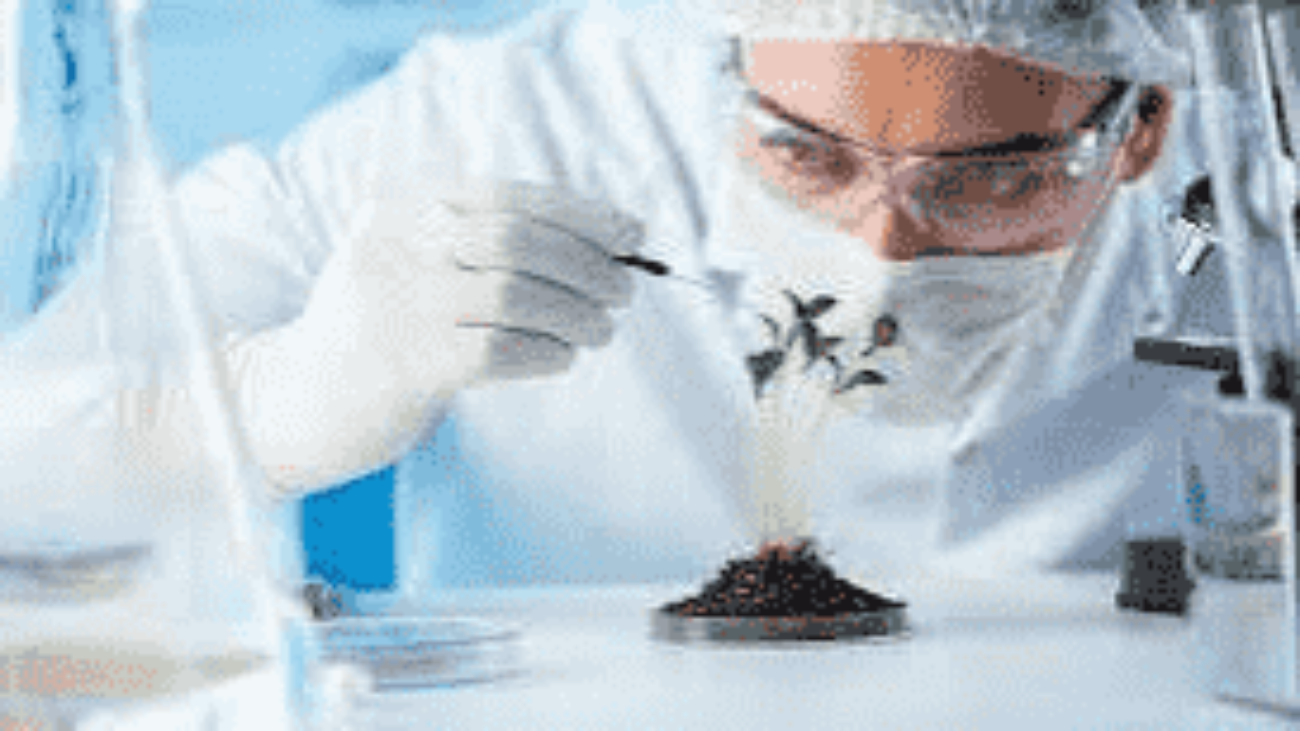
Visualize yourself living in an era where science fiction becomes a reality. For seven years, a groundbreaking endeavor called Neuralink has emerged. This tiny coin-shaped device pushes the boundaries of human potential by flawlessly merging our minds with the digital world. The creation of the Neuralink holds the promise of unlocking centuries of mysteries about the brain. This will revolutionize medicine, accelerating society into a future where humans and machines are blurred. Furthermore, it will allow our cognitive capabilities to reach creative heights. Though this sounds enchanting, many have asked if the creator, Elon Musk, is playing God and if it is ethical to interfere with the brain. We will discuss the functions of Neuralink, the medical benefits, and the ethical and safety concerns of it.
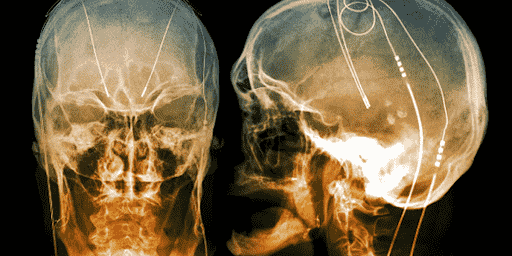
What is a Neuralink and How Does it Work?
The process of Neuralink started in July 2016. Elon Musk and his team are working on innovative technology that could allow people to control machines through their thoughts. This involves ultrafine brain threads that listen to neurons. To facilitate the process, they have developed a specialized robot for surgery. While their initial goal was to compete with AI, they are now focusing on helping individuals with brain disorders. This N1 chip by Neuralink is implanted in the skull and measures 4mm square. It uses thin wires, thinner than human hair, to detect and record neuron messages from the brain. With the ability to connect up to 1,000 brain cells, multiple chips can be implanted for maximum connectivity. These chips wirelessly connect to a wearable device, such as a hearing aid, equipped with Bluetooth and a battery for convenience. Traditional neurosurgery is currently used for implantation, but the company plans to use robot surgeons for safer and less invasive procedures.
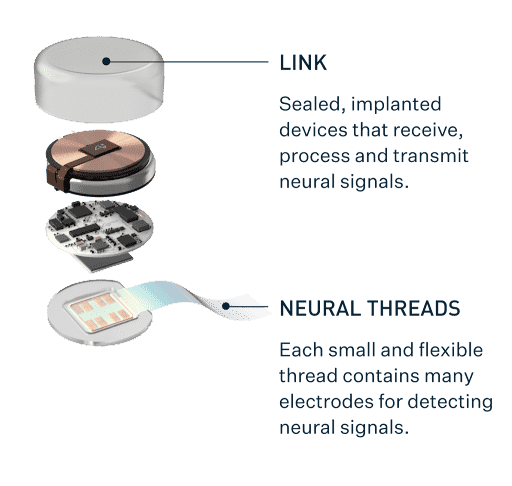
The Future of Neuralink in Medicine
Neuralink, headed by Elon Musk, aids those with physical or mental disabilities by creating a brain-machine interface. They have developed a state-of-the-art machine that interfaces with the brain through tiny implanted electrodes called “threads.” These electrodes can record neuronal activity, providing valuable insights into neurons’ workings and roles in the brain. This technology has immense potential in neurosurgery, particularly in improving sensory and motor function in individuals with neurological disorders. It can help restore neuronal connections in deteriorating ailments, boost cognitive abilities, prevent epilepsy and seizure attacks, and even offer robotic mind control. Moreover, Neuralink’s advancements provide better communication for patients with disabilities, as thoughts can be translated directly into written or spoken words, benefiting those with communication disorders or locked-in syndrome. As a pioneering neurotechnology company, Neuralink is at the forefront of developing a brain-computer interface with immense potential in medical settings, particularly for individuals with physical and mental disabilities. Although it is still in the developmental and experimental phase, its intended applications hold great promise. One significant application involves restoring motor function in individuals with paralysis or motor impairments by bypassing damaged neural pathways. This grants them control over their movements and enhances their independence. Additionally, Neuralink’s technology can assist individuals with sensory impairments, like blindness or deafness, by providing a means to receive and interpret sensory information through the interface. It is crucial to emphasize the importance of extensive research, testing, and regulatory approvals. This is to ensure Neuralink’s safety, efficacy, and ethical considerations in medical settings. Neuralink’s ongoing development has the potential to significantly transform the lives of individuals with disabilities. However, it will require careful exploration and validation to fully realize its capabilities in medical intervention.
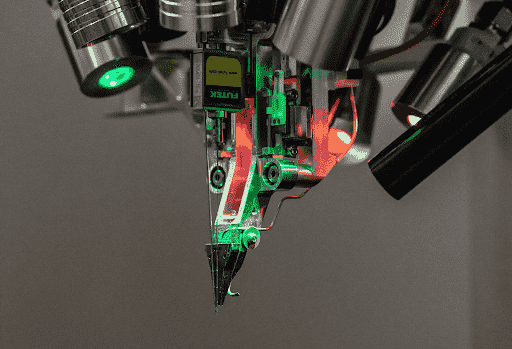
Ethical and Safety Concerns of Neuralink
The idea of implanting a chip in the brain may seem like an innovative and safe solution, but neuroscientists have raised ethical concerns about its potential risks. Dr. John Krakauer highlights that the development of a chip capable of controlling hormone levels or streaming music inside the brain is still in its early stages. Premature adoption of such technology could give people false hopes. Previous experiments have revealed serious safety concerns associated with the invasive and rushed nature of the product. In 2023, the FDA expressed concern about the device’s lithium battery, the potential migration of tiny wires to other brain regions, and the safe removal of the device without causing damage to the brain tissue. Lesions resulting from brain tissue damage can lead to symptoms such as weakness, sensory disruptions, confusion, and impaired involuntary movements. In contrast, noninvasive methods have shown promise in enhancing lives without the need for surgery or the risk of infection.
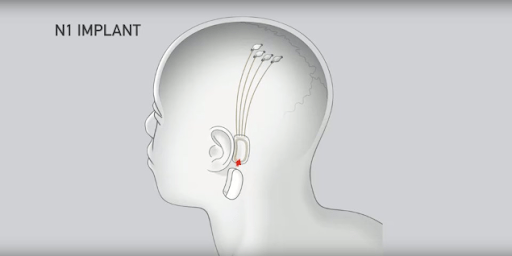
Studies have demonstrated improvements in the lives of elderly individuals, translation of brain activity into intelligible speech, and assistance for paralyzed patients. Shockingly, the Physicians Committee obtained internal records of a distressing monkey experiment where one of the infected monkeys exhibited infection at the surgical site and subsequent acute bleeding, leading to a dilapidated cerebral cortex. Acute bleeding in the brain can result in various symptoms such as headaches, nausea, seizures, limb weakness or numbness, difficulty in speech or comprehension, and loss of consciousness. Ryan Merkley, the Director of Research and Advocacy with the Physicians Committee, criticizes Elon Musk’s focus on invasive devices, asserting that investing in noninvasive brain-computer interfaces would be a more considerate approach to patient health. “Musk needs to drop his obsession with sticking a device in our heads. If he cared about patients’ health, he would invest in a noninvasive brain-computer interface.” -Ryan Merkley
While researchers are extensively studying the potential long-term effects of implanting Neuralink in the brain, it is crucial to acknowledge the inherent invasiveness of the procedure and the associated risks and concerns. Complications, such as infection or bleeding, may arise from the surgical process itself. Furthermore, the presence of the implant within the brain raises additional worries regarding potential issues like tissue damage, inflammation, or immune responses. Ongoing investigations are essential to ensure a comprehensive understanding of the long-term implications, evaluate the safety profile, and effectively mitigate any potential risks associated with the implementation of the Neuralink implant.

In conclusion, Neuralink represents an exciting and groundbreaking endeavor that holds tremendous promise for enhancing brain function. It also blurs the lines between humans and machines. For people with disabilities and neurological disorders, technology offers promising prospects. It improves communication, restores sensory and motor functions, and even allows them to control robots with mind control. Concerns have been raised regarding the invasiveness of the procedure, the rushed development, and potential risks such as brain tissue damage and device migration. Many critics argue that noninvasive alternatives should be explored further to improve lives without surgery and its complications. Although Neuralink’s ambitions are admirable, ethical consideration and a thorough evaluation of safety measures are crucial to ensuring the well-being of those undergoing the procedure.
Sources:
An Examination of Prospective Uses and Future Directions of Neuralink: The Brain-Machine Interface – PMC (nih.gov)
Chat.openai.com (To find some of the sources)
Everything you need to know about Neuralink | BBC Science Focus Magazine
Physicians Committee’s Statement on Neuralink Reportedly Receiving Approval for Human Clinical Trials From the U.S. Food and Drug Administration (pcrm.org)
Brain Lesions: What They Are, Causes, Symptoms & Treatment (clevelandclinic.org)
https://www.businessinsider.in/tech/news/watch-elon-musks-ai-brain-chip-startup-neuralink-debut-its-massively-hyped-technology/articleshow/77814746.cms
https://www.bing.com/images/search?view=detailV2&ccid=wEJ4XZGa&id=4B93
Find more interesting blogs on our site: https://projectcleris.org

